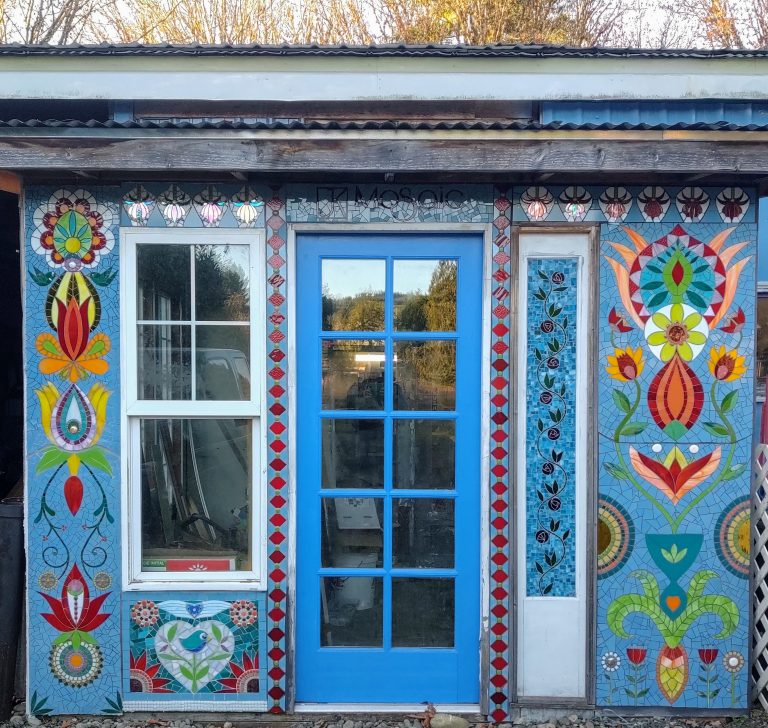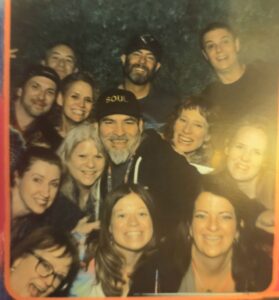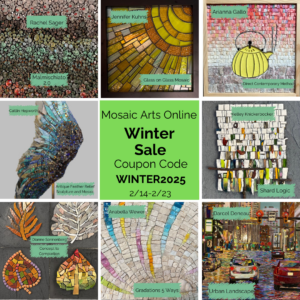If you read my first two blog posts on this subject, you will hopefully be thinking about ways to practice “looking,” and identifying and collecting the things you are most drawn to, including shapes and colors.
I want to be really clear about my next suggestion: Copyright violation is a huge problem in the age of the internet. Many of us have been finding copies of our work used by others without permission, from people using our images as their own avatars to students copying and sharing our designs to companies taking our images from the internet and printing them onto items they sell, all without crediting or compensating the artist. I’m not going to talk about copyright laws and ethics here, but there is a lot of information you can find online (make sure it is from a reputable source – forums with opinionated participants don’t count.) However, copying is a totally valid way to learn. Many mosaic artists engaged in classical training are given printouts of mosaic sections to work with. Using an ancient mosaic is very safe, but if it is just for your personal use, you can do this with contemporary mosaic as well.
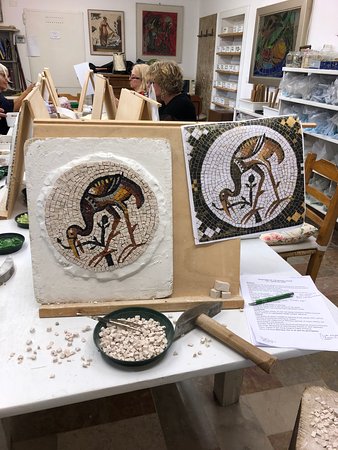
A great exercise is to simply trace the lines, whether you use a marker directly onto the copy, or with tracing paper. This can help you get a sense of how the artist created their design and andamento. Andamento is the foundation of mosaic, so I encourage you to learn more about it. There are many articles and workshops available with tips for successful creation of “flow” and lines, keystoning, directing the eye, and setting a mood through the placement of your pieces. (Shameless plug: this is the theme of my newest workshop as of March 2023, specific to stained glass mosaic.)
You can also make small practice mosaics over original designs. Depending on what you have on hand, you can trace the lines with carbon paper onto your substrate, or use mesh: lay clear plastic over the design, a piece of fiberglass mesh over that, and glue your pieces directly onto the design, piece by piece. Once it’s cured, you glue the whole section onto your substrate. You can even use cut paper, if you can’t get those supplies. If you copy the work of contemporary artists in this way, using sections means you are not copying a whole artwork, and if you do share it publicly, please give credit where it’s due. One more step you can take is to ask the original artist for permission first, explaining how you are using it. Most will be glad to say yes. *If they don’t, it’s not personal. That artist may have had a bad experience with being copied, or it just feels wrong for them, so ask another artist.
And I want to reiterate: There are ways to copy respectfully, and ways to find yourself the subject of angry threads on mosaic forums. If in doubt, ask the artist, or stick with ancient images.
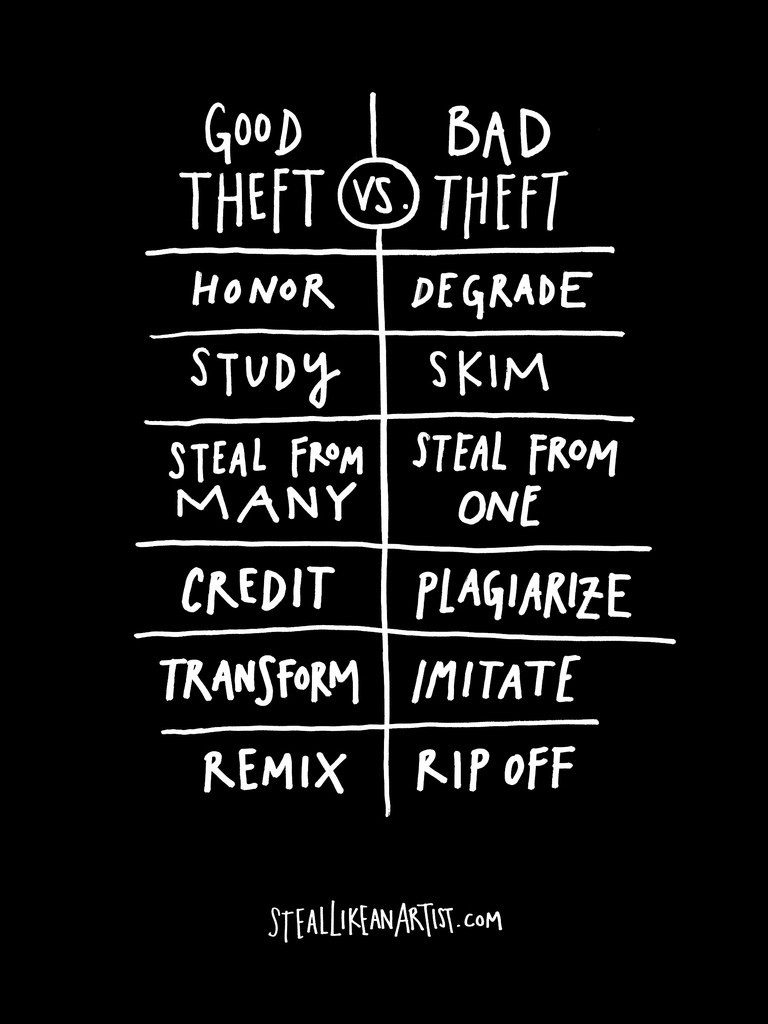
One of the books that helped me many years ago is “Steal Like an Artist” by Austin Kleon. Here is a link to the e-book: https://www.google.com/aclk?sa=l&ai=DChcSEwiNnbSu573oAhV8IK0GHdLiDksYABAFGgJwdg&sig=AOD64_3IvmzsDQ0A2pNrcpdK8BL8Oi_V_w&ctype=5&q=&ved=2ahUKEwi6462u573oAhUIpp4KHad8A7QQ9aACegQIIBA0&adurl=
This book is a much more thorough description of the concept I’m sharing today, which is to draw inspiration from the artists you admire, pulling bits and pieces from each, without directly copying anyone in particular.
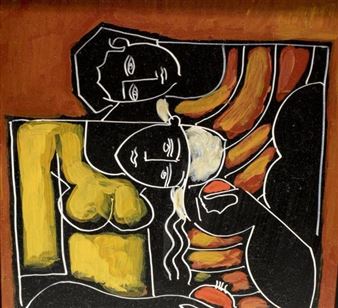
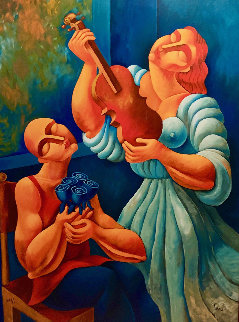
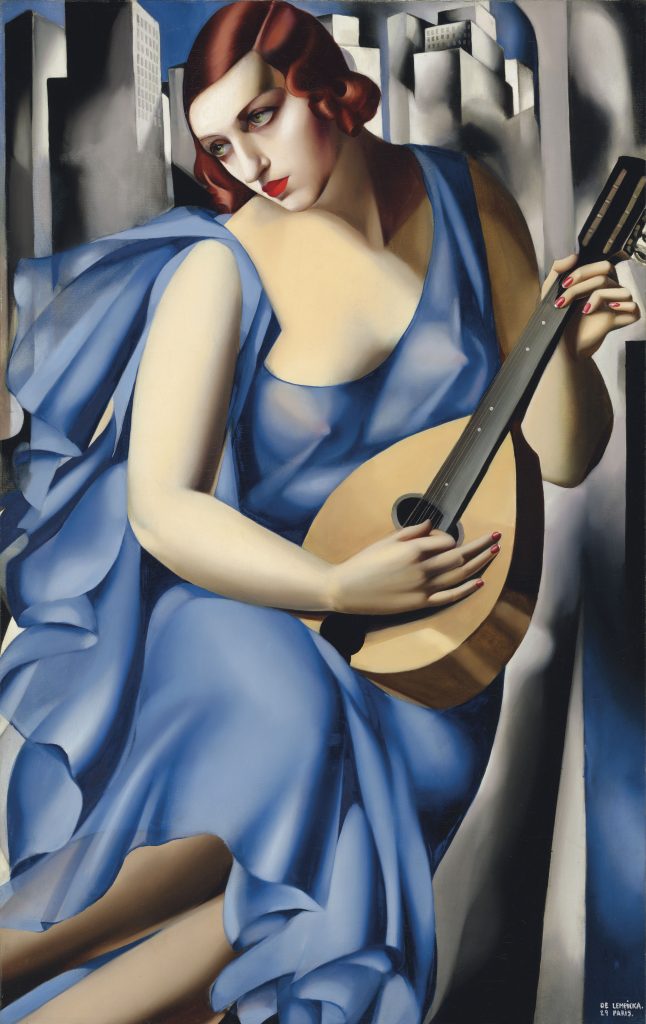
I’ve worried that I’m making these posts into a story about me, but I’m not sure how else to illustrate my suggestions. Through my twenties, I fretted that I couldn’t settle on a clear style or medium. But I realize now that I was absorbing so much that helped me as a mosaic artist. I really loved the work of Yuroz, so I did a lot of sketching of his artwork, trying to understand his lines and studying his use of color. I went through a phase where I was creating my own designs, but emulating that style somewhat. I loved the exaggerated head tilts that are common in his work, and it is one element that carried forward into my own style. That’s just one example; there were many others that I admired and sketched, but I can’t remember most of them. Often, it was something I spotted in a craft magazine, calendar or greeting card.


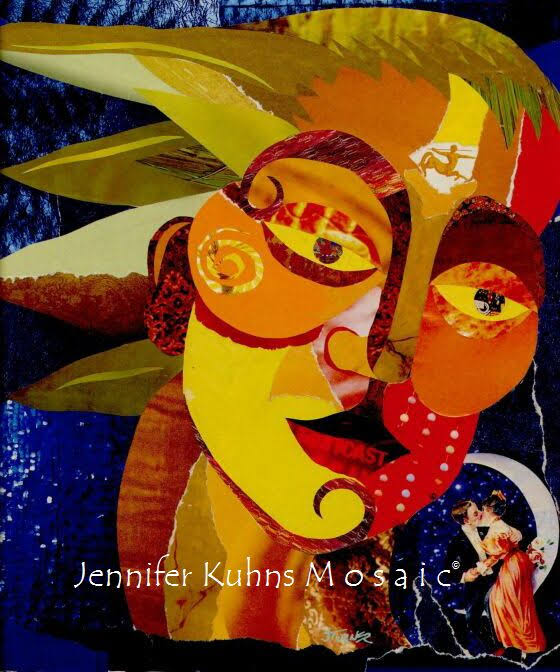
When I married my spouse, we decided to make travel a priority, and have managed to take many trips to other countries. This became the most impactful influence on my artistic style. While it was great to be able to purchase contemporary artwork from people in markets, we found ourselves drawn to folk art and traditional crafts, and I became more and more interested in the Craft side of the art world. While many of my colleagues were debating whether certain mosaic artists were more “Craft” and less “Art,” I was embracing the Craft title because I was falling in love with traditional arts that are passed from generation to generation, and that tend to focus on themes connected to Nature and agriculture. Folk arts all over the world have common themes and elements, and I find the similarities and differences very interesting.
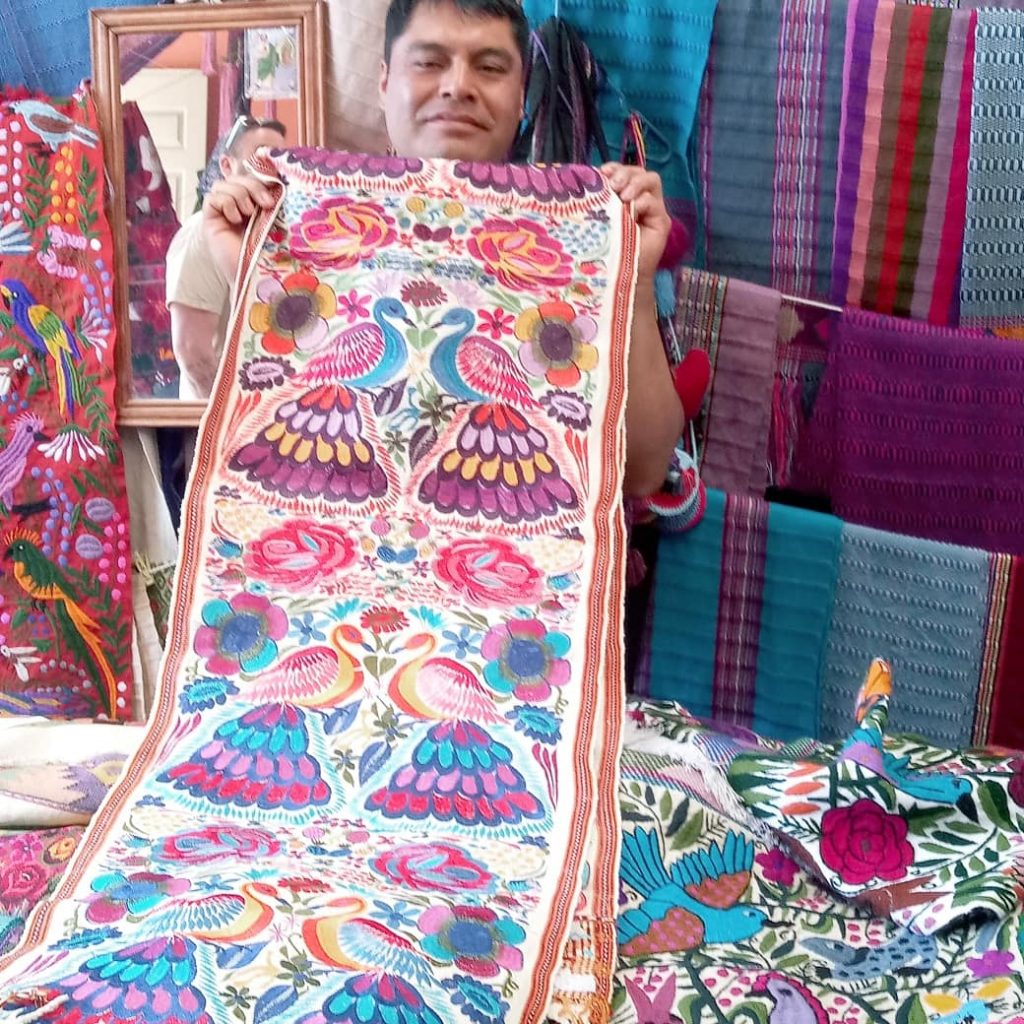
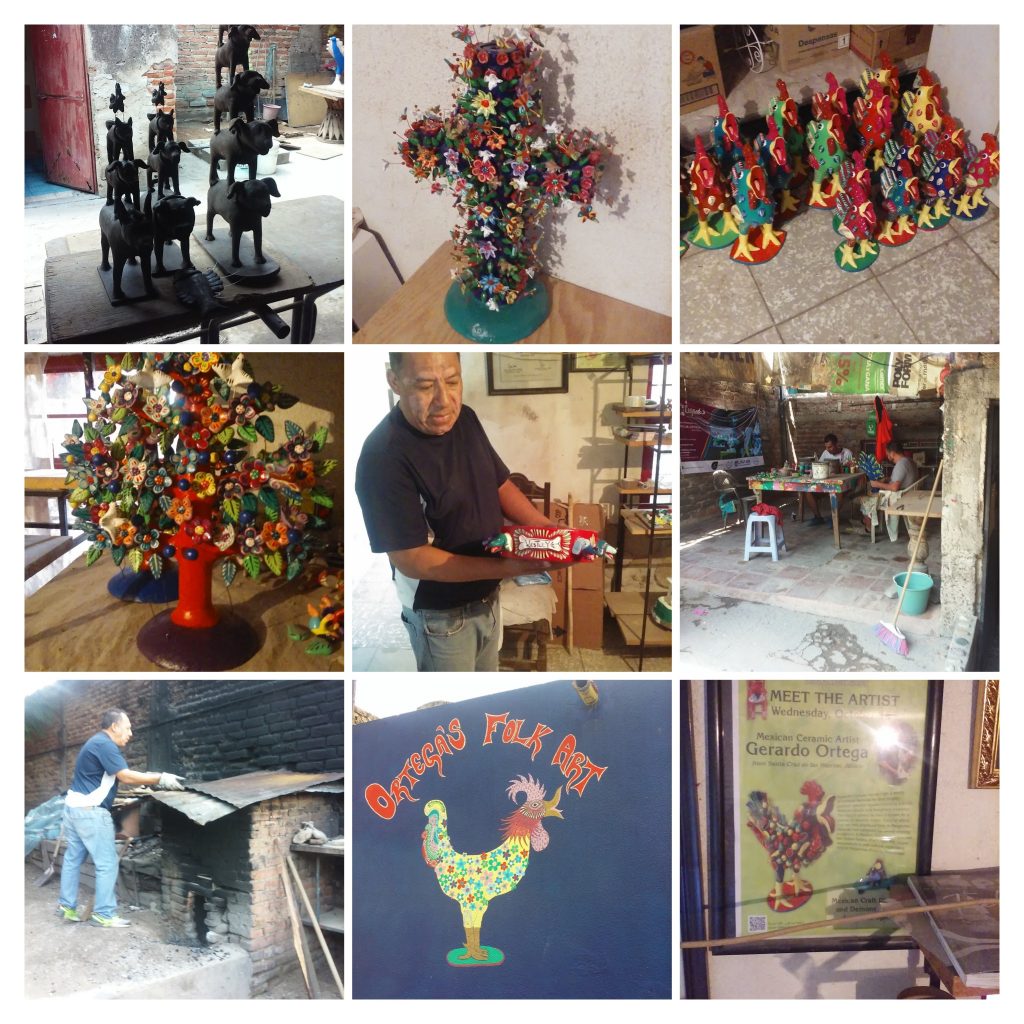
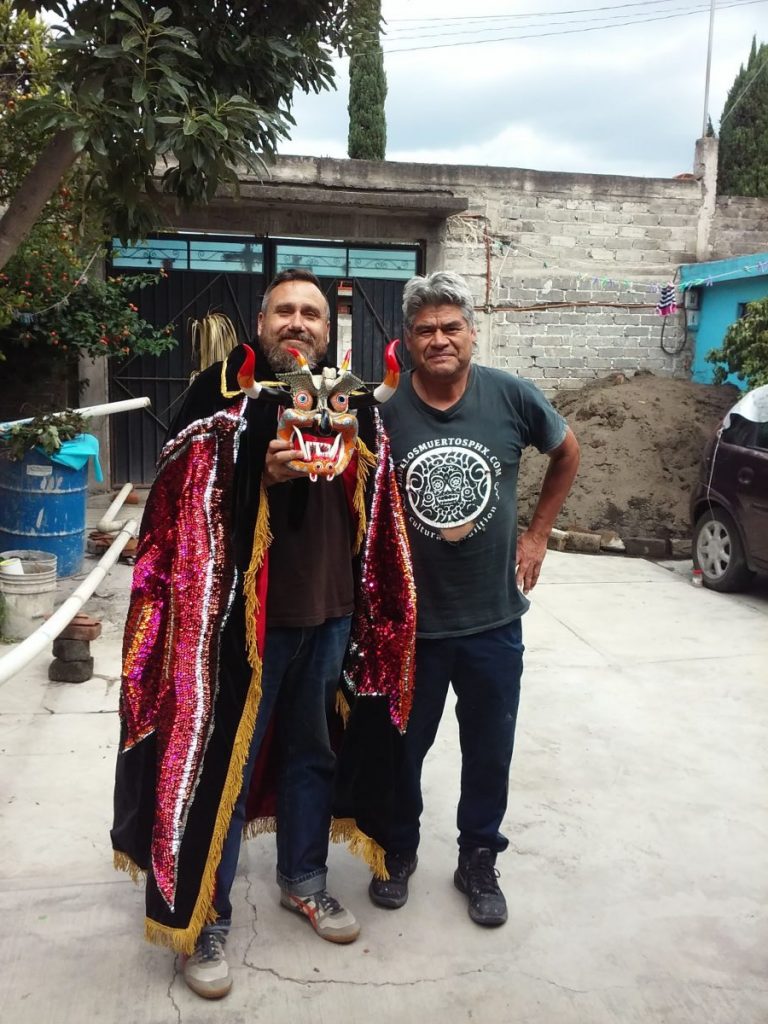
My husband’s maternal grandparents were from Jalisco, MX, and we have travelled there most often. We quickly learned how to find our way to the homes and studios of craftspeople all over MX, even in rural areas, and getting ourselves invited in to see how the work is made. This has led to very rich travel experiences and personal connections, as well as a huge collection of traditional Mexican crafts that cover the walls and shelves of our home. When travelling, I take a million pictures, sketch designs that I see, and bring home small, affordable items with which to surround myself. These days, much of my work is very obviously defined by these influences, with a strong hint of Baltic folk art from my own heritage..
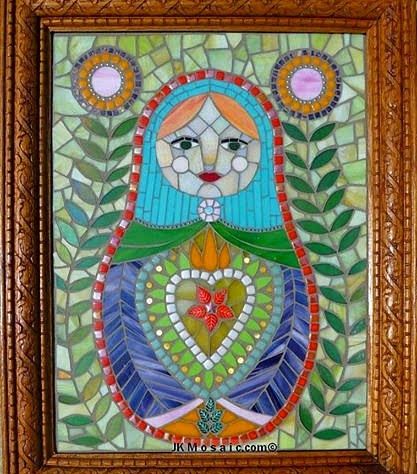

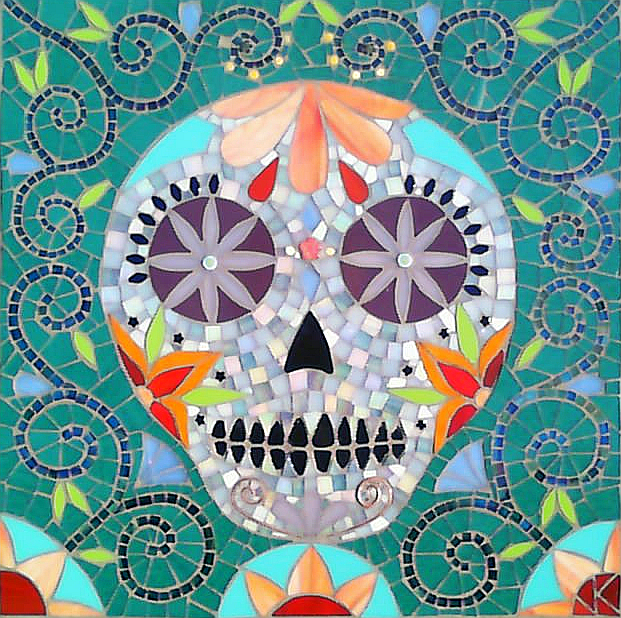
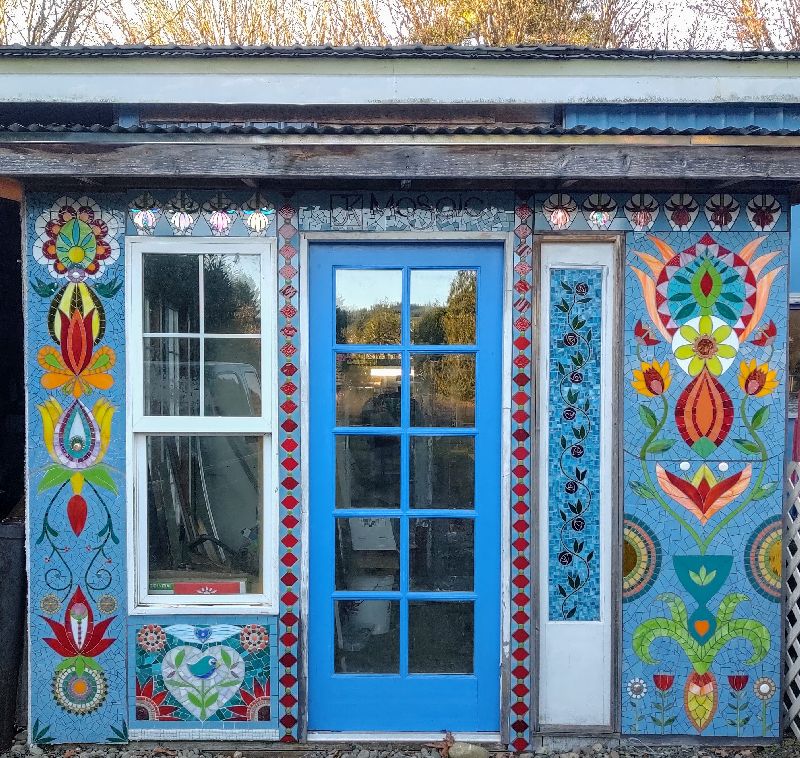
I’ll add one more thing that took my work in a more defined direction. It goes back to the Baltic heritage subject. Years ago, I found that one of the popular folk arts of Poland is papercutting, called Wycinanki. (Vee-chi-nan-kee.) They fold the paper to cut designs, whether in half or with many folds (like a snowflake) and the design is revealed when unfolded. I started copying Polish designs and found it very satisfying. In 2015, I had a surgery that forced me to lay low for a few weeks, so I set myself up to do papercuts. At the same time, I watched some programs about Lithuania, where my grandmother was originally from, and began researching Lithuanian legends, culture and folk art design. I made one papercut after another, and the designs became a blend of traditional designs and my own style. By the time I was active again, I had a body of work, and I could clearly see that I have a distinct way of depicting faces, intersecting lines, and visually describing the things that are important to me. It was a revelation. The papercuts distilled my art down into simple lines, and I saw my style emerge. Since then, when I don’t have an idea for a mosaic, I pick one of those to reproduce in glass, and I continue to make and sell my papercut artwork as time allows.

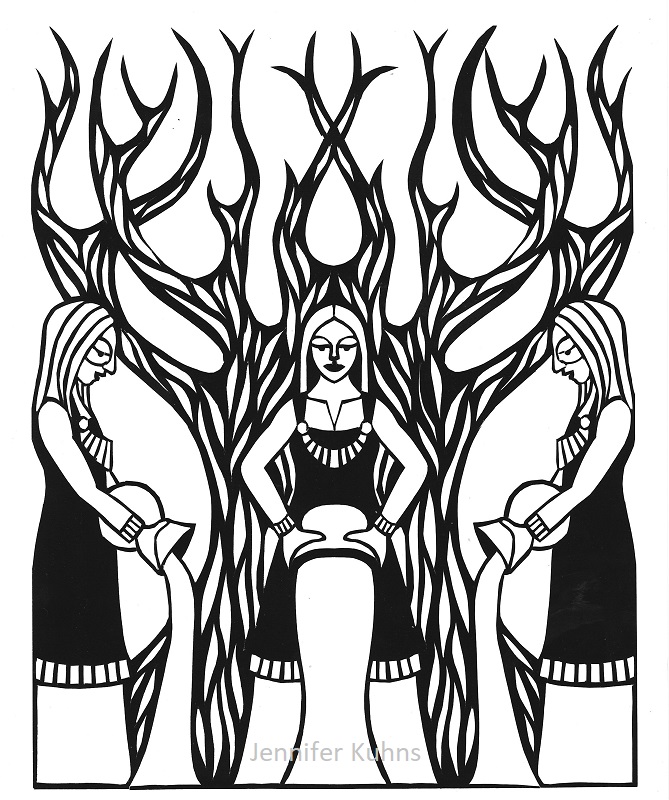
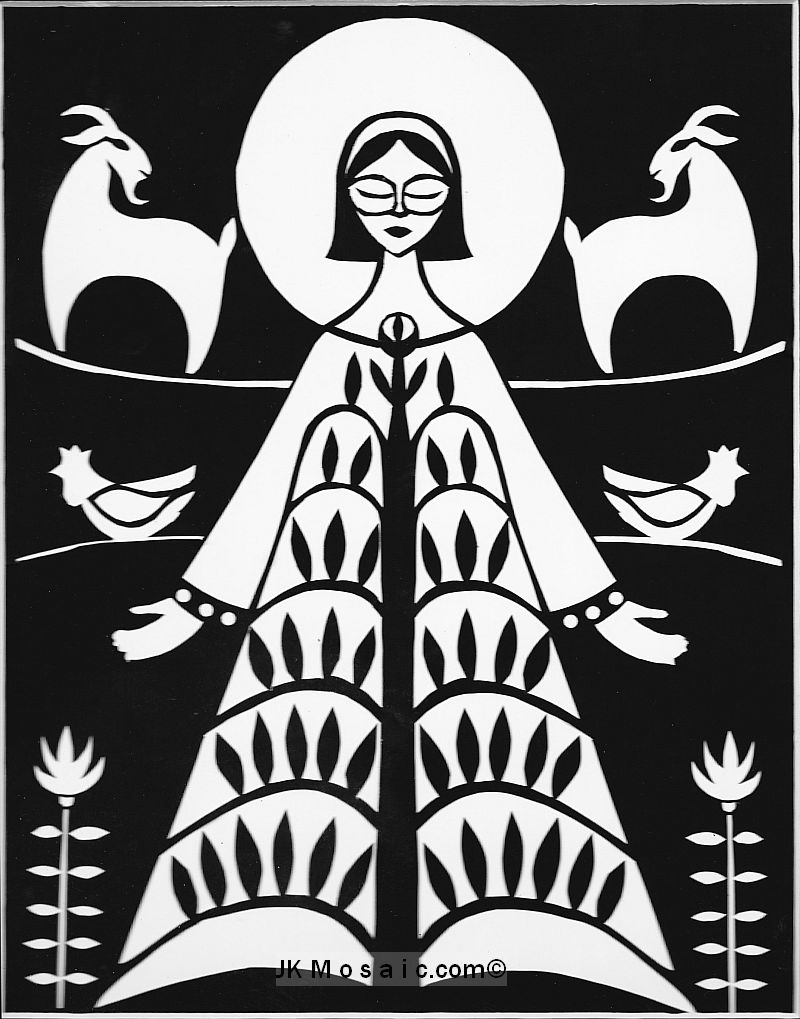
So, in summary, respectfully copy artwork you admire, focusing on small sections and giving credit if you share it online. Continue gathering the images you like, and copy them for your own practice. Keep a sketchbook and draw things you see, but also art that you like. This is just for you, and not for putting on display. And consider using another medium to get your creative ideas flowing. Those might turn out to be pivotal for developing your design style, and you’ll use them for future mosaics.
I hope this wasn’t too long for one post, and that it is helpful! Happy sketching!


